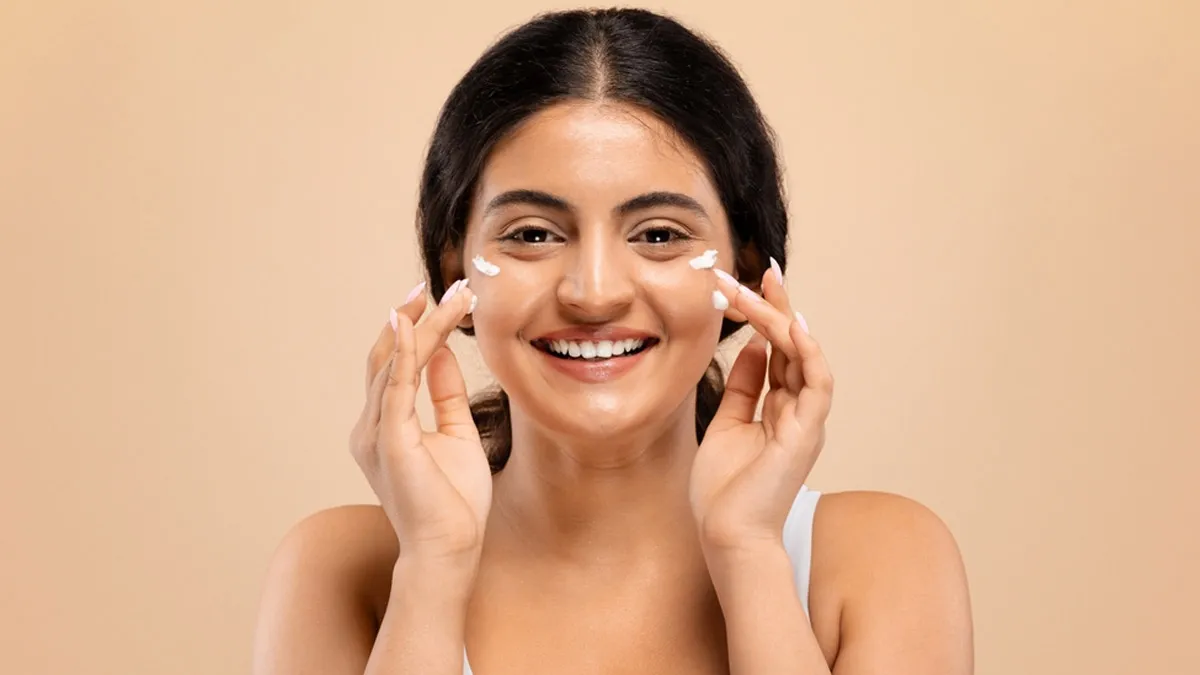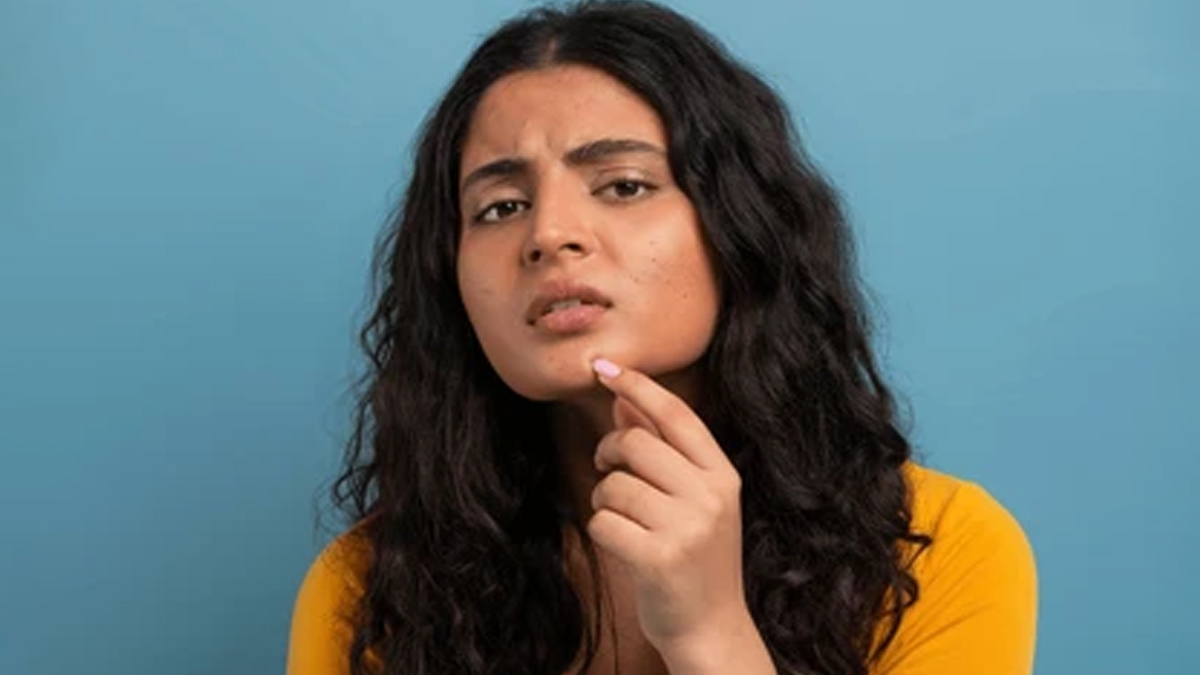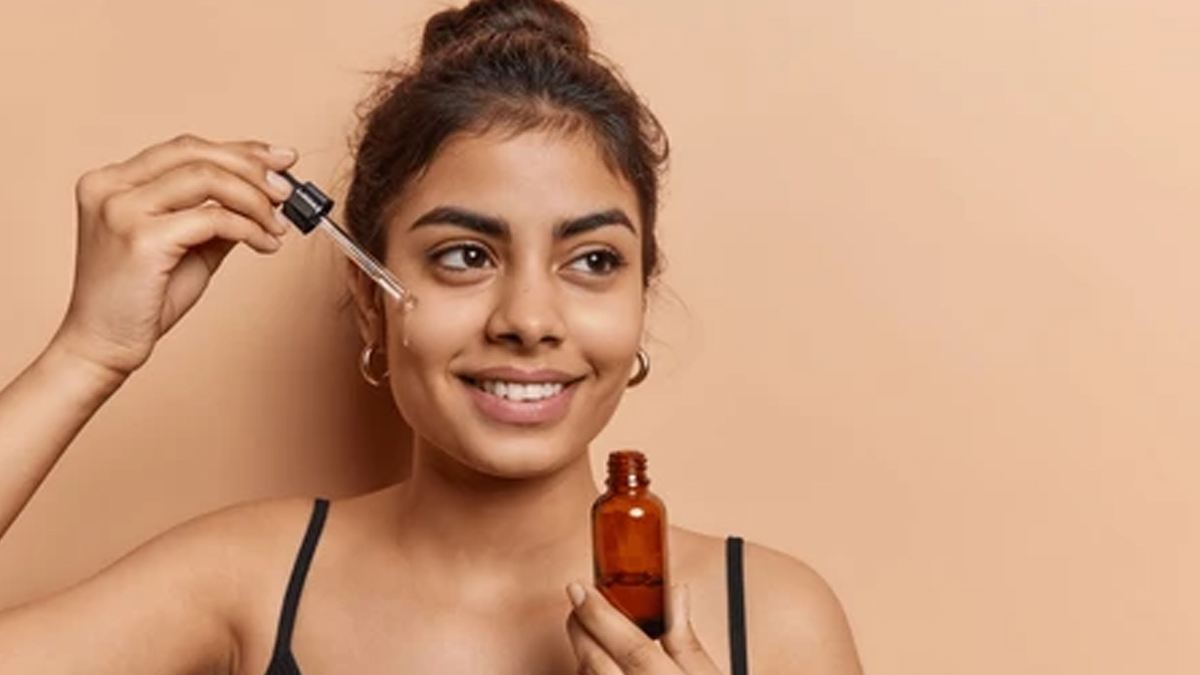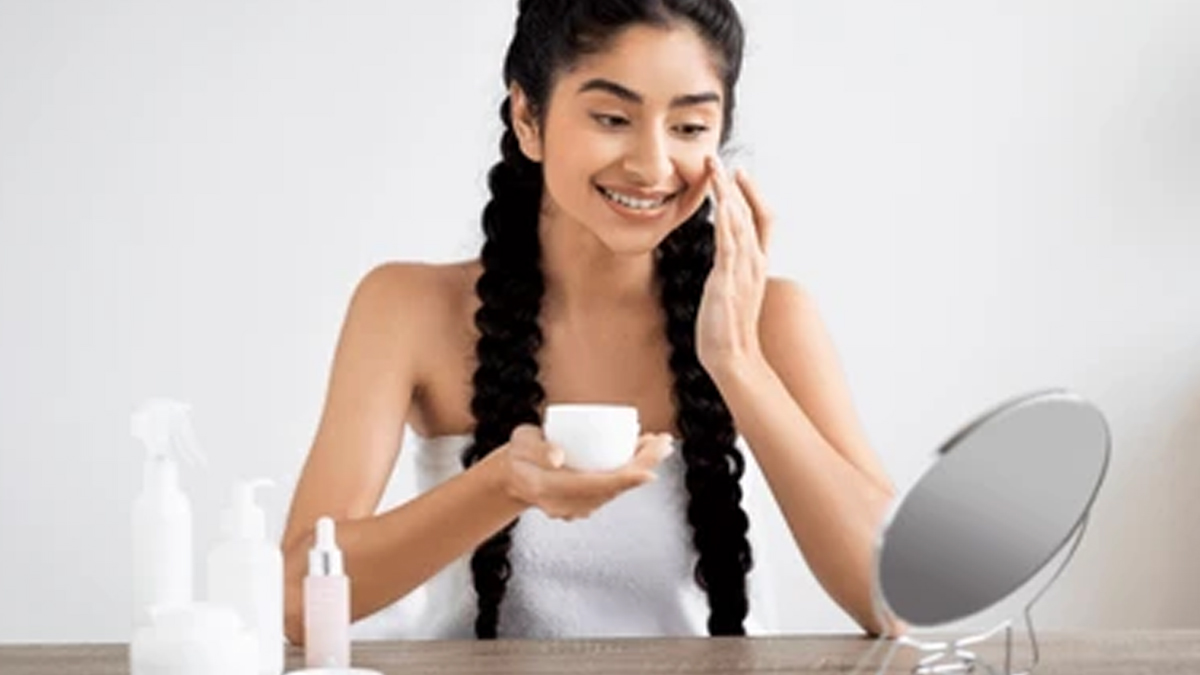
Every skin is unique and beautiful, but with distinct skin types come their own set of challenges. For Indian skin, these challenges are shaped by a combination of genetic, environmental, and cultural factors. With the vast range of skin tones in India, it's important to recognise the unique concerns that can occur, like pigmentation, acne, and anti-ageing signs.
Table of Content:-
With such concerns in mind, Dr Aparna Santhanam, ITC Dermafique skin specialist, and Dr VijayaKrishnan Venugopal, R&D director at ITC Dermafique, present a report which explores the hidden struggles of Indian skin. Not only do they discuss some of the key skin issues inherent to Indian skin but also emphasise the role of specialised skincare.
Also Read: 9 Best Skincare Ingredients For Indian Skin Tones
Unique Indian Skin Concerns

In today’s world, where the Korean skincare routine and the concept of ‘glass skin’ are gaining a lot of attraction, it’s important to recognise that Indian skin has its own unique characteristics that set it apart from other ethnic skin types.
According to Dr Venugopal and Dr Santhanam, Indian skin has five distinct attributes that make it different from other ethnicities:
Higher melanin content: what does it mean for Indian skin?
Melanin is a substance in your body that produces hair, eye, and skin pigmentation. Dr Venugopal highlights that Indians typically have 55% more melanin than many other ethnic groups, like Mexican, Chinese, and Caucasian. He further notes that while melanin offers some natural protection against sunburn, it also makes Indian skin more prone to issues like hyperpigmentation, dark spots, and uneven skin tone.
Pigmentation: an early sign of ageing?
The Dermafique Indian Skin Health Report suggests that one out of two women experience pigmentation before fine lines and wrinkles. In fact, Dr Santhanam points out that pigmentation is often an early sign of ageing in Indian skin.
“Ageing is often associated with lines, wrinkles, and deeper nasolabial folds. But what we commonly see in Indian skin is that one of the earliest signs of ageing is pigmentation,” says Dr Santhanam. “In fact, many women begin noticing pigmentation even before they turn 30. Globally, there’s increasing conversation around ‘pre-ageing’ and ‘pro-ageing’, and when you look closely, ageing in Indian skin also begins early — just differently. Unlike Caucasian skin, where ageing is marked by visible wrinkles, Indians tend to experience pigmentation as an early sign.”
Acne predisposition
Another challenge is that Indian skin is more susceptible to acne, often triggered by environmental factors like pollution, humidity, and sun exposure.
As per the skin health report, acne is a bigger concern for Indian skin as compared to Caucasian skin. The report highlights that Indian skin has a larger and denser number of pores, linked to more sebum secretion and, hence, more acne outbreaks.
Data suggests that acne remains a top concern for 68% of women, with a significant 94% of those aged 20-25 battling breakouts, highlighting it's not just a teenage woe. 61% believe that excess oil (sebum) production causes acne.
In addition to biological factors, acne occurrence varies with seasons, with both temperature and humidity contributing to flare-ups.
Thinner stratum corneum
Dr Venugopal further shares that the stratum corneum, which is the outermost layer of the skin, is thinner in Indians compared to many other ethnicities, making the skin more vulnerable to external damage and irritation.
Pores are more common in Indian skin
“Pores are another key finding highlighted in the report,” says Dr Santhanam. It is found that Indian skin has almost 5x larger pore size and close to 6x higher density of pores than many other ethnicities. “While enlarged pores are often associated with oily skin and clogging, especially in our humid climate, there’s more to it. One of the lesser-known causes is the early breakdown of collagen around the pores, which makes them appear larger. This again can be a sign of early ageing.”
Also Read: Korean Skincare Routine: Why It May Not Suit Indian Skin Type?
Tanning is more frequent than sunburn
Interestingly, due to its higher melanin content, Indian skin showcases a chronic inflammatory response to sun exposure, notes Dr Santhanam, who adds that rather than burning, it tends to tan, which may appear less damaging in the short term but actually leads to long-term discolouration and post-inflammatory hyperpigmentation.
In fact, the skin health report suggests that 81% of women report tanning more frequently than sunburn, whereas 71% of women in India are not aware that blue light causes tanning.
Dr Santhanam points out that long-term exposure to blue light from phones, laptops, and other digital devices can penetrate deeper into the skin than UVB rays, triggering oxidative stress and inflammation. Over time, this contributes to pigmentation, uneven skin tone, and premature ageing, especially in melanin-rich skin like that of Indians.
“Because Indian skin is more reactive and prone to hyperpigmentation, protection from both UV and blue light becomes essential, not just outdoors but indoors too,” she explains.
Dry, Oily, And Combination Skin: Which Is The Most Concerning?

According to the experts, while dry and oily skin are common classifications, they’re not always the most accurate in describing the skin’s actual condition or needs.
Dry skin, for instance, is primarily about the skin’s inability to retain moisture. This can happen due to several reasons, the most significant being a compromised skin barrier. “As I mentioned earlier, Indian skin has a genetically thinner stratum corneum, which means we naturally don’t hold moisture very well. Add to that the fact that many people don’t moisturise adequately or use the wrong kinds of moisturisers – ones that don’t attract and lock in water – and it becomes a real issue,” says Dr Santhanam.
Dry skin, therefore, is damaging in multiple ways. It not only affects the appearance, making skin look dull or flaky, but it also accelerates ageing on a surface level. A weaker barrier means faster ageing on the epidermal layer.
On the other hand, oily skin is often misunderstood. Oiliness is caused by excess sebum production, whereas moisture relates to water content in the skin. So technically, someone can have oily skin and still suffer from dehydration. This is common in acne-prone individuals; they may have excessive oil but a weak barrier, leading to dryness and sensitivity.
As far as Indian skin is concerned, 62% of Indian women feel that their skin lacks moisture, whereas one in two feel that despite using moisturiser, their skin feels dry.
Why Indian Skin Requires Specialised Care: An R&D Perspective

As established, Indian skin is unique in several aspects. Therefore, to fight specific skin problems, it is necessary to understand that the Indian skin also requires specialised care.
From a Research & Development (R&D) perspective, Dr Venugopal says, “Once the problem is clearly defined, the first step in R&D is identifying and combining the right ingredients, especially actives that target the concern effectively.”
“First, we ensure that the raw materials are compatible with Indian skin. Then, we look at creating synergistic combinations so that they work effectively on the relevant biological pathways.”
“Another crucial part is stability; we ensure that the actives remain potent throughout the product’s shelf life, whether that’s 12 or 18 months. Ultimately, our focus is on three pillars: safety, quality, and efficacy. We formulate to maximise results while minimising the risk of adverse reactions. And of course, as I mentioned earlier, efficacy is validated through consumer testing on Indian skin,” the doctor elaborates.
Ideal Skincare Routine For Indian Skin
From a dermatologist’s perspective, Dr Santhanam adds, “If you live in India, with our unique climate and skin characteristics, it’s important to understand that no single product will do it all. That doesn’t mean you need a complicated routine, but a balanced one that addresses the epidermal, dermal, and barrier layers of the skin.”
She emphasises starting with a good cleanser and a toner with ingredients like hyaluronic acid or witch hazel, especially since enlarged pores are a common concern in Indian skin. Additionally, a moisturiser with hydrating and anti-ageing ingredients like hyaluronic acid and niacinamide can help with pigmentation and tanning – both common in Indian skin.
And most importantly, use sunscreen, the doctor advises further. “People often obsess over SPF numbers—SPF 78, SPF 92, and so on—but what really matters is broad-spectrum protection. That means UVA, UVB, visible light, and infrared protection. Few people realise that blue light from screens also damages skin. So opt for a full-spectrum sunscreen.”
How we keep this article up to date:
We work with experts and keep a close eye on the latest in health and wellness. Whenever there is a new research or helpful information, we update our articles with accurate and useful advice.
Current Version